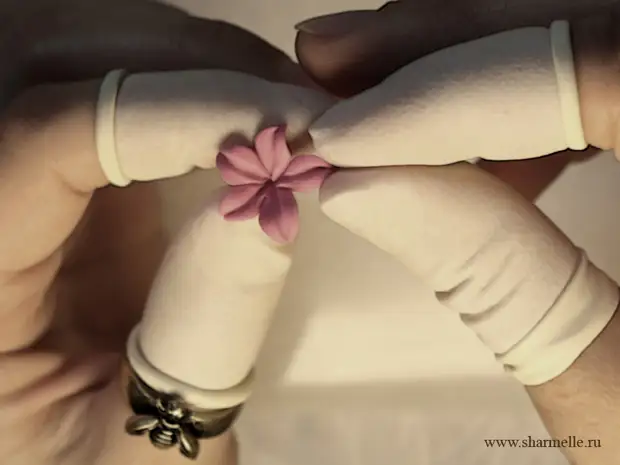
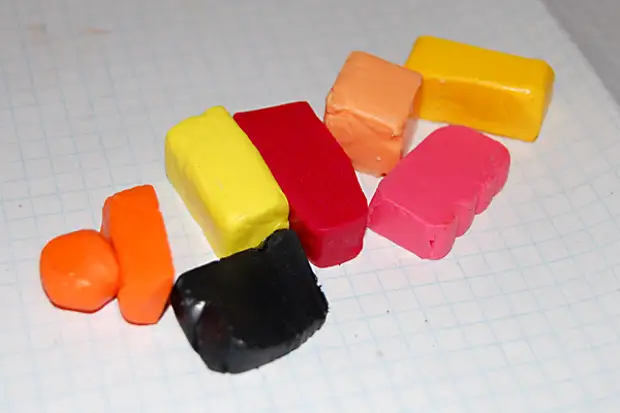
Production of polymer clay.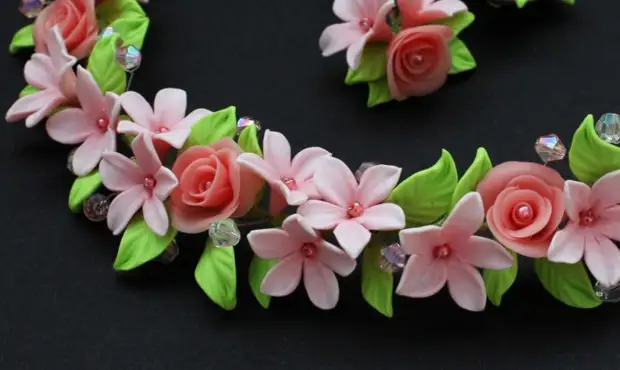
For the preparation of polymer clay (cold porcelain) you will need:
- PVA glue - 100 ml.
- Potato starch - 100 gr.
- High fat cream - 1 tsp. (not complete)
- Baby oil - 2 h. (Full)
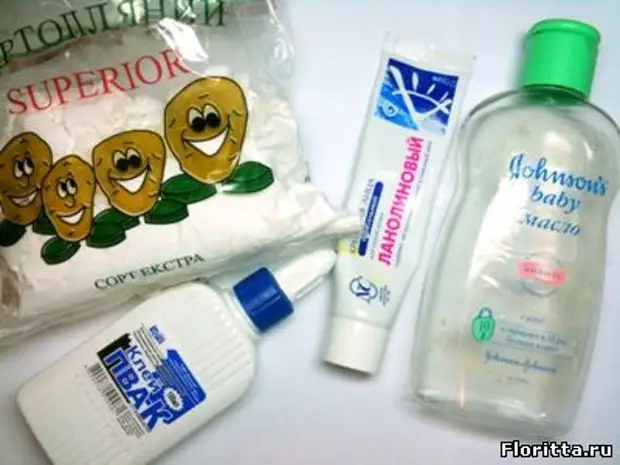
How to make polymer clay
We will make polymer clay in an enamelled container in a water bath. We put a saucepan with water on fire (let it boil), but while we will make mixing ingredients.
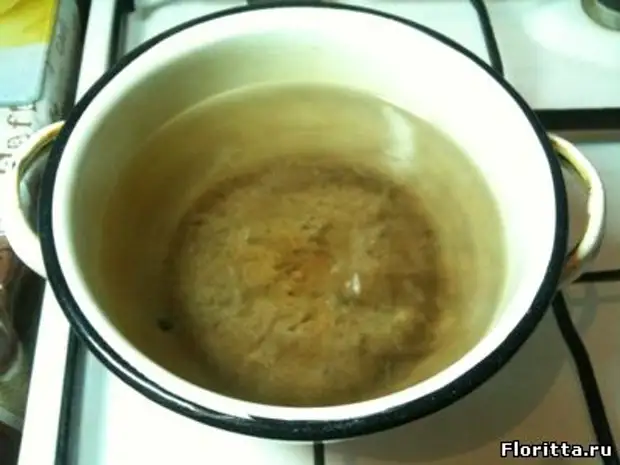
For convenience, you can take a disposable stagma cups - in the first measure the glue, in the second - starch.
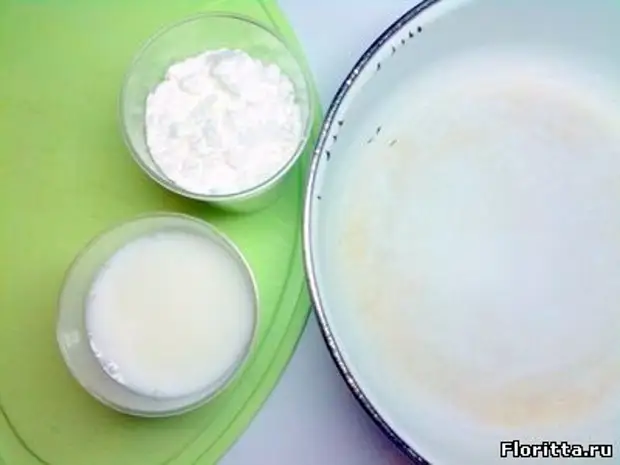
Pour the glue into the enameled container. Add cream (1 tsp) and oil (2 h. L.). All mix all and put on a water bath.
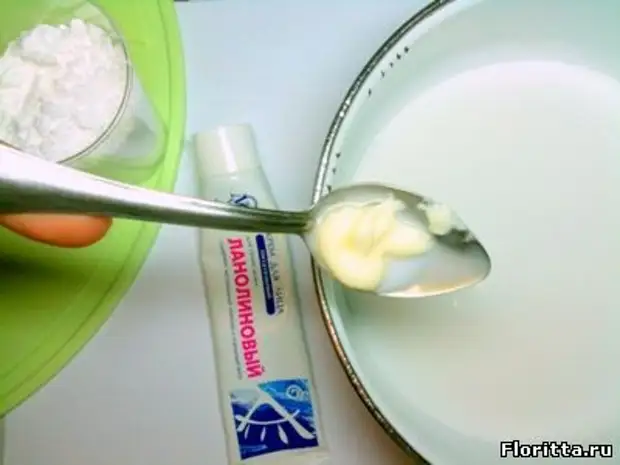
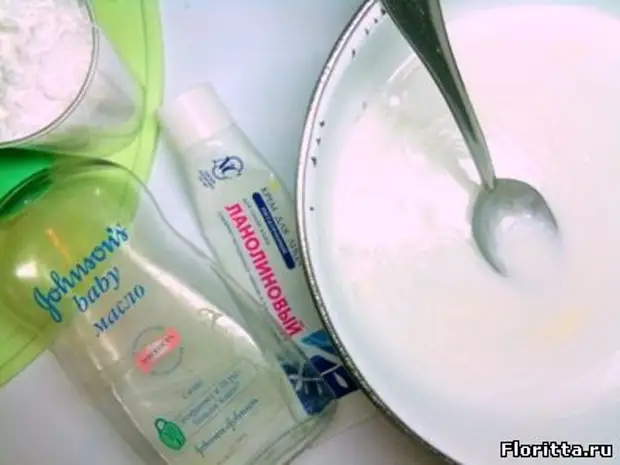
No need to wait until the mix is heated! If you reap, then the polymer clay will be too tight. We make two or three stirring (4-5 seconds, it will be enough) and fall asleep starch. If the proportions are small (100 ml. Glue per 100 ml. Starch), then you do not need to add starch little, it is better to pour the entire glass at once.
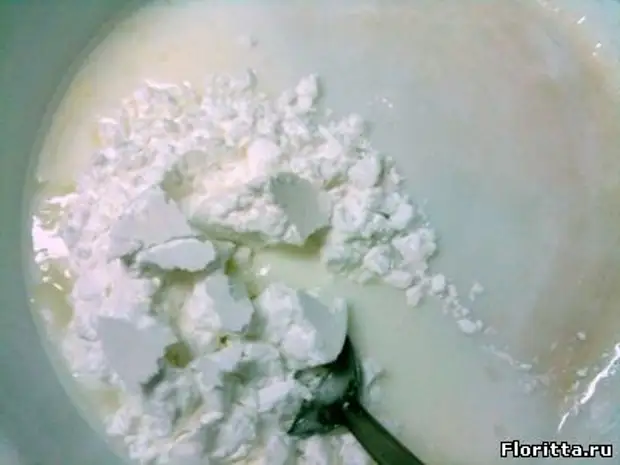
We intensively interfere, so that the mixture does not stick to the dishes. Literally, during the minute, lumps will begin to appear. Here, too, the main thing is not to reap! A lumps appeared, the mixture became similar to the curd mass and is going to a single com - remove from the water bath and spread it with a spoon on the board, lubricated with cream.
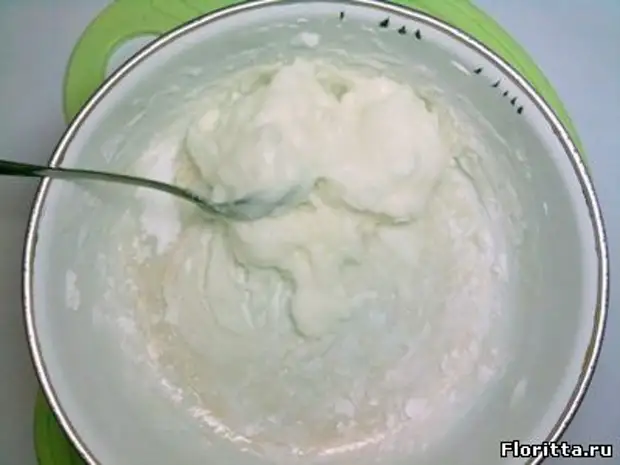
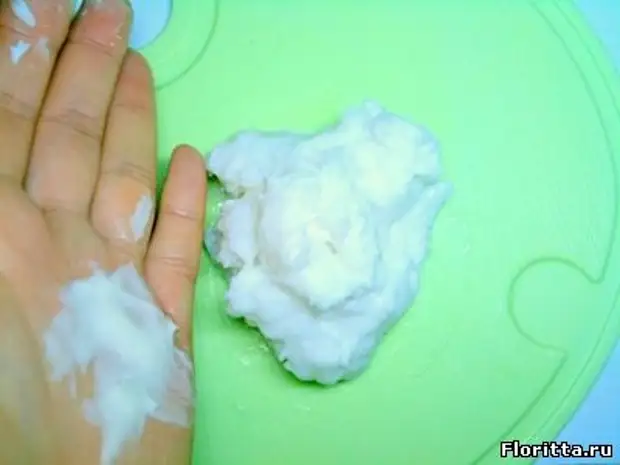
On the hands of the cream, begin to knead the mass (it is not too hot, tolerant for hands).
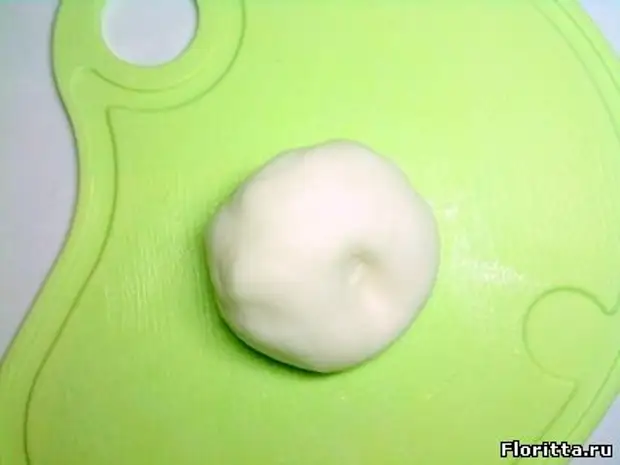
The polymer clay at home is ready, covered with its thin layer of cream, wrap in a film to prevent air from entering and leave 12 at hours.
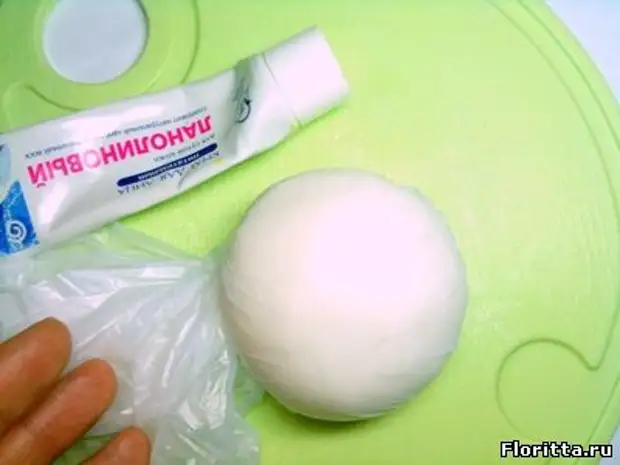
Polymer clay at home. Important moments:
A decisive role in the preparation of a polymer clay is glue with their own hands. If "wrong" glue, then porcelain will crumble. And, if the glue is a bit thick, then you should not rely on the proportion of 1: 1, it is better to take 1-2 l. Starch less.
I tried a lot of PVA and brought the following rules when choosing glue: on the consistency, it should be homogeneous, without visible grains; white, no clear yellowness, colors (but not glue "PVA white"); Not too thick.
Production of polymer clay. Readiness
When smearing the mass to determine the ready cold china or not, roll the ball. If a smooth surface is obtained, a smooth, no folds can be seen, then you can no longer mix.
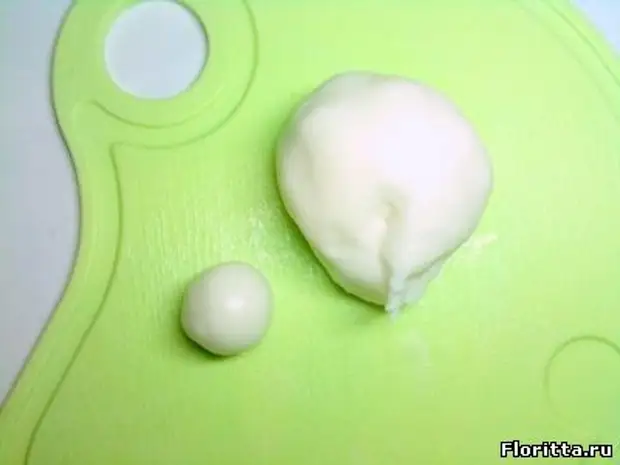
Recipe polymer clay do it yourself Quite enough to prepare. If it does not work the first time - not trouble. Here the main thing is, as they say, "fill the hand" and feel the process (like a yeast test). Either just try the adhesive of another brand)). Good luck to you!
